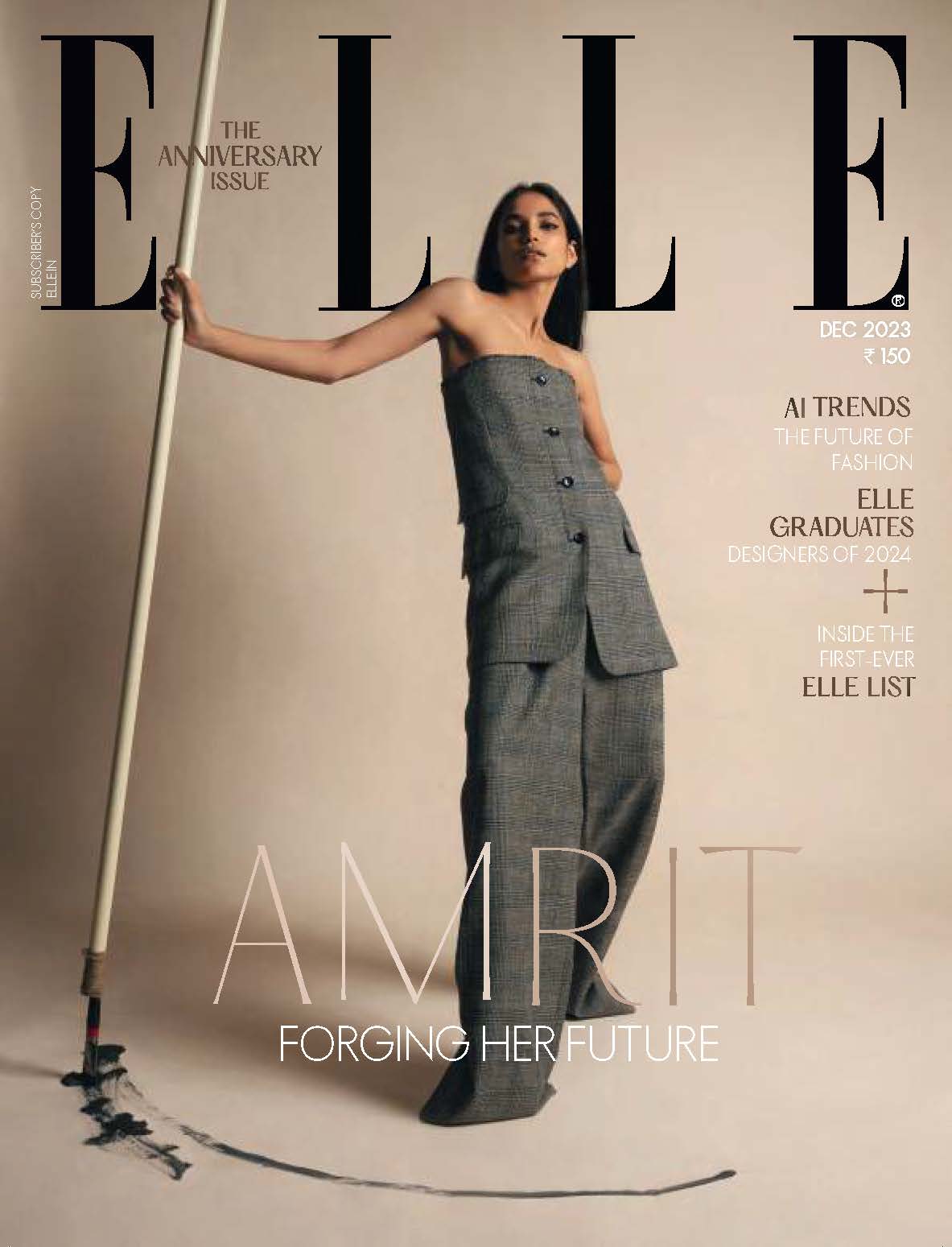Kate Spade died by apparent suicide yesterday in her New York apartment; she was 55. Spade’s death is a tragedy for her family, friends, and those of us with our own mental health struggles. It’s also a huge loss for the fashion world and women aspiring to make it to the corner office.
Kate Spade was famous for daring her acolytes — cool women, fun women, working women — to smirk through life with bright red lipstick. A former fashion editor, she began her namesake brand in 1993, bored with expensive European “it” bags that could barely hold a wallet. The black nylon totes she made to combat this ennui were the height of ‘90s chic: fuss-free, clean-lined, and (thanks to her famous tiny logo label) just branded enough to hint at a secret squad you wanted to join. If ‘90s Gwyneth were a bag, she’d be the black Kate Spade tote.
After conquering the handbag market, Spade started making shoes, sunglasses, paper goods, and more. Her trademark winky-face luxury extended everywhere, including a Jet Blue collaboration in 2003 — one of the first between a fashion label and a giant consumer brand. But Spade didn’t just cultivate her company; she also tended to the young women who bought both her bags and her message of cocktail-party-girl-power.
“When I interned for Kate Spade [in 2003], I wrote her a thank you note,” says my friend Quinn Asteak, who went on to work as a stylist and magazine editor. “And she wrote back a thank you note for the thank you note. That’s the kind of leader she was.” I had my own encounter with Spade’s largess in 2004: after writing a school newspaper story about her brand’s popularity (really, frenzy) on campus, she tracked down my college email to tell me I should be a writer — then put my copy in her press releases. It was the first time a “real” fashion person endorsed my work, and damn, it meant the world. (When I told her so in an interview last year, she claimed she still remembered my story. I may have cried.)
The funny thing is, those under a certain age (21? 22?) might not know that Kate Spade is — in the words of the teens I mentor — “literally a real person.” But women like me can’t ever forget it. We came of age watching this midwestern brunette get shit done in stores, magazines, and boardrooms. She made a bag that became a brand, and by the time she sold it in 2007, it was an empire that ran on costume jewellery, paper napkins, and serious giggle fits on expensive furniture. (An early ad campaign featured Spade’s bejeweled kitten heels and signature box bag peeking out from a bathroom stall… a gag repeated by Alexander Wang ten years later.)
Without Kate Spade, there would be no precedent for Tory Burch, for #GirlBoss, and for The Wing’s many chats about style and substance existing as one full idea.
From: ELLE US


